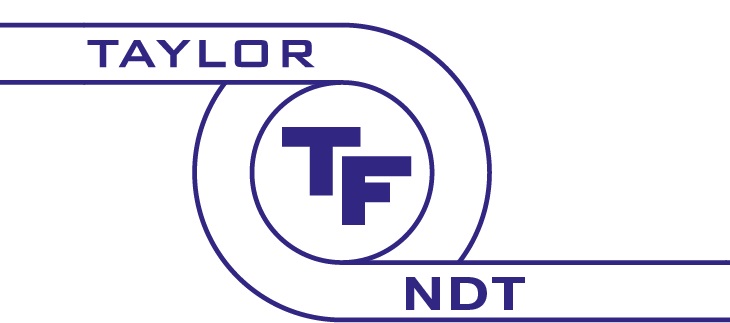Ultrasonic Flaw Detection
What is Ultrasonic Flaw Detection?
How does Ultrasonic Flaw Detection Work?
Ultrasonic Testing (UT) utilises a flaw detector and a probe (transducer) that together send high frequency sound wave into various types of material for flaw detecting, thickness measurements or for material characteristic purposes.
As an NDT method, Ultrasonic Testing is ideal for the detection of flaws, defects, wall thickness and corrosion. Used in industries such as aerospace, automotive, construction, general engineering and rail, this testing method can potentially prevent failure of parts and assets.
Materials with dense crystalline structures are ideal for Ultrasonic Testing, however ceramics, composites, concrete and plastics can be successfully tested, although at a reduced sensitivity.
Throughout industry, Ultrasonic Testing has various applications and can be applied on cast, forged / wrought or welded product of varying size and shape.
Contact Ultrasonic Testing is the manual manipulation of the probe across the component surface is the most portable form of Ultrasonic Testing.
Immersion Ultrasonic, Phased Array and Time of Flight Diffraction are other types of Ultrasonic Testing that can be employed successfully in the above industries.
Advantages of Ultrasonic Testing.
• Rapid, portable, consistent method allowing for defect detection deep in the part.
• Highly sensitive, able to characterise size, shape, orientation and nature of flaws.
• Non-hazardous to materials, plant or personnel.
• Can be employed when only one face is accessible.
Disadvantages of Ultrasonic Testing
• Training is more extensive than other methods.
• Not suitable for rough, small, thin objects.
• Surfaces must be free of loose contamination and meet strict surface
Wrought Products
Ultrasonic Thickness Measurement (UTM) is frequently used to assess corrosion, erosion, and mechanical damage of the structural materials on tanks, vessels, piping, castings and structural steel.
The testing is accomplished with portable equipment and the results are evaluated to industry standards, codes, or customer specifications. This method can locate and measure the amount of corrosion, erosion or voids within a material. This data is then used to assess the life expectancy of the component or if repairs are required before returned to service.
Castings
In metalworking, metal is heated until it becomes liquid and is then poured into a mould. The mould is a hollow cavity that includes the desired shape, but the mould also includes runners and risers that enable the metal to ill the mould. The mould and the metal are then cooled until the metal solidifies.
The solidified part (the casting) is then recovered from the mould. Subsequent operations remove excess material caused by the casting process (such as the runners and risers). Defects found in castings, porosity, airlocks, blowholes, non-metallic inclusions, pipe/shrinkage, segregation, cold shuts, hot tears (cracks), sinks, scabs.
ULTRASONIC THICKNESS CHECKING
Ultrasonic Thickness Measurement (UTM) is frequently used to assess corrosion, erosion, and mechanical damage of the structural materials on tanks, vessels, piping, castings and structural steel.
The testing is accomplished with portable equipment and the results are evaluated to industry standards, codes, or customer specifications. This method can locate and measure the amount of corrosion, erosion or voids within a material. This data is then used to assess the life expectancy of the component or if repairs are required before returned to service.
WELDS PLATE AND PIPE 3.1 & 3.2
Ultrasonic Testing involves the utilisation of ultrasonic sound waves to detect defects inside a material. The welded joints have possibilities of defects inside the welds, or sometime near the weld zone.
The type defects that are often found in welds are porosity, cracks, slag inclusion, lack of fusion, lack of penetration, root concavity, crater pipes, sharp undercuts, burn through, HAZ cracks and more. Ultrasonic scanning is utilised to detect these discontinuities.
